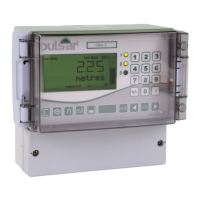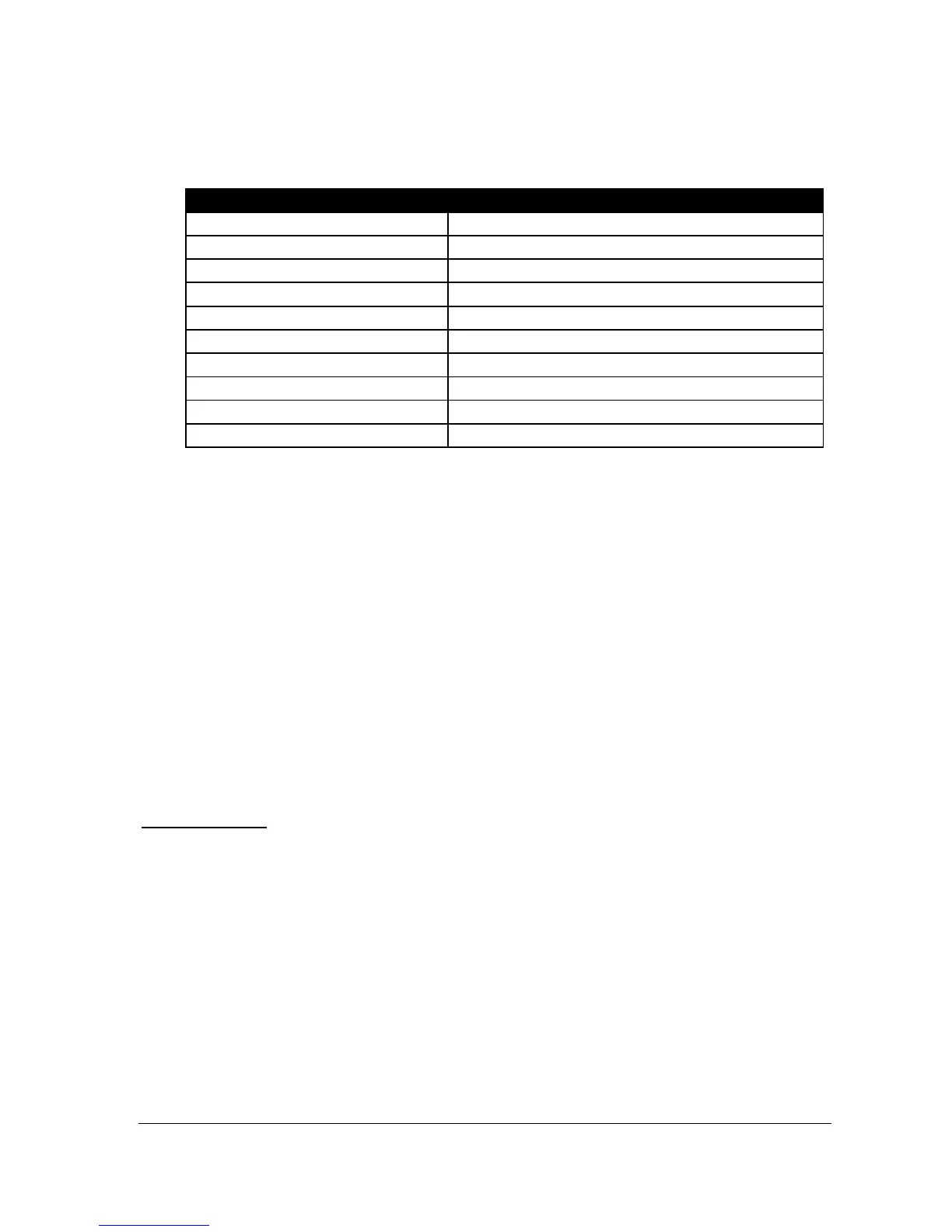Page 148
P605 Volume Units
This parameter determines the units that you wish to display, for volume
conversion. It is used in conjunction with P607 (maximum volume), and
the units are shown on the display (subject to P810). The choices are:
P606 Correction Factor
This parameter is used to enter a correction factor, when required, such as
the specific gravity of the material so that the volume calculated is relative
to the actual amount of material that can be contained between empty level
(P105) and 100% of span (P106). Default = 1
P607 Max Volume
This parameter displays the actual maximum volume that has been
calculated by the Ultra 3, i.e. P604 Calculated Volume x P606 Correction
Factor, and is a Read-Only parameter. The volume displayed will be shown
in P605 Volume Units and is the total volume available between empty
level (P105) and 100% of span (P106).
Breakpoints
P610-P673 Level/Volume Breakpoints
These parameters are used to create a profile of the vessel when P600=11
(universal linear) or P600=12 (universal curved). You should enter
breakpoints in pairs, a reading for level and its corresponding volume. The
more pairs you enter, the more accurate the profile will be. In the case of
universal linear, then enter the level/volume at each of the points where the
vessel changes shape. In the case of the universal curved, enter values
around each arc tangent, as well as at the top and bottom.
You must enter at least two pairs, and you can enter up to 32 pairs.

